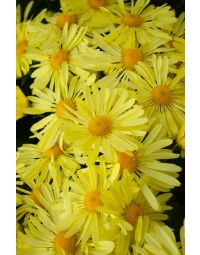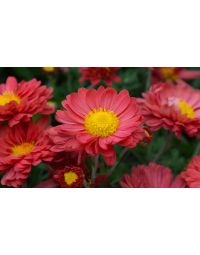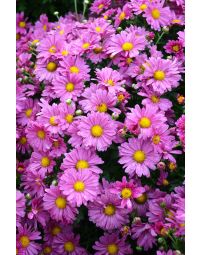There are many stories surrounding the chrysanthemum, or what we often call the garden mum, but they all begin in China.
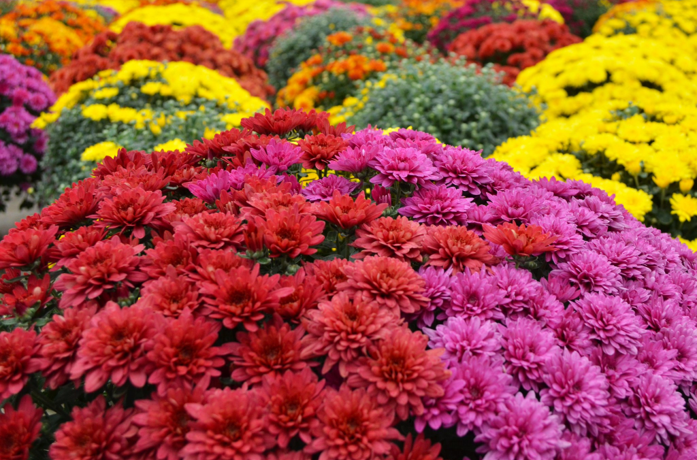
The chrysanthemum was first cultivated in China as a flowering herb and is described in writings as early as the 15th Century B.C. As an herb, it was believed to have the power of life. Legend has it that the boiled roots were used as a headache remedy; young sprouts and petals were eaten in salads; and leaves were brewed for a festive drink. The ancient Chinese name for chrysanthemum is “Chu.” The Chinese city of Chu-Hsien (which means Chrysanthemum City) was so named to honor the flower.
Around the 8th century A.D., the chrysanthemum appeared in Japan. So taken were the Japanese with this flower that they adopted a single flowered chrysanthemum as the crest and official seal of the Emperor. Chrysanthemums are also viewed as a symbol of a long and happy life. Japan’s National Chrysanthemum Day (“Kiku no Sekku”) is also called the Festival of Happiness.
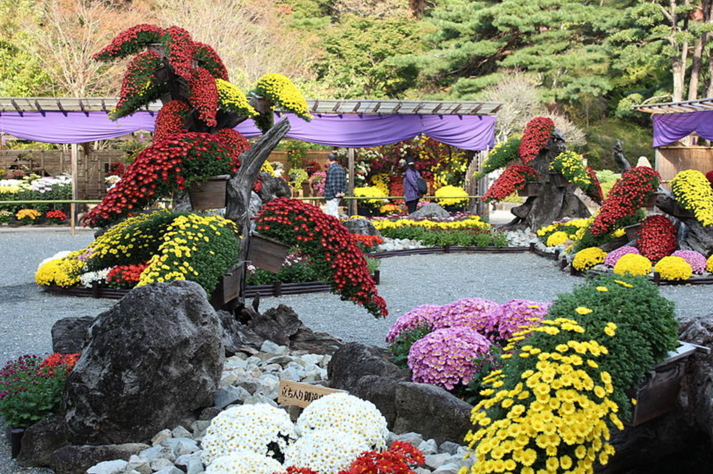
A Kiku Festival. Notice the shapes that the plants have been trained into. Wikimedia Commons
The first chrysanthemums to reach Europe were probably introduced by Dutch explorers during the 18th century. While records show that six mum varieties were grown in Holland during this period, it was the agriculturally minded French Huguenots who imported a variety of forms from the Dutch and developed Old Purple, one of the basic mums of European gardens.
Other French gardeners, improving on the Chusan daisy brought to Europe by Robert Fortune, one of England's great plant hunters, named their flower form a pompon because it reminded them of the wool pompons on their soldiers' hats. Pompons remain a popular chrysanthemum flower form today.
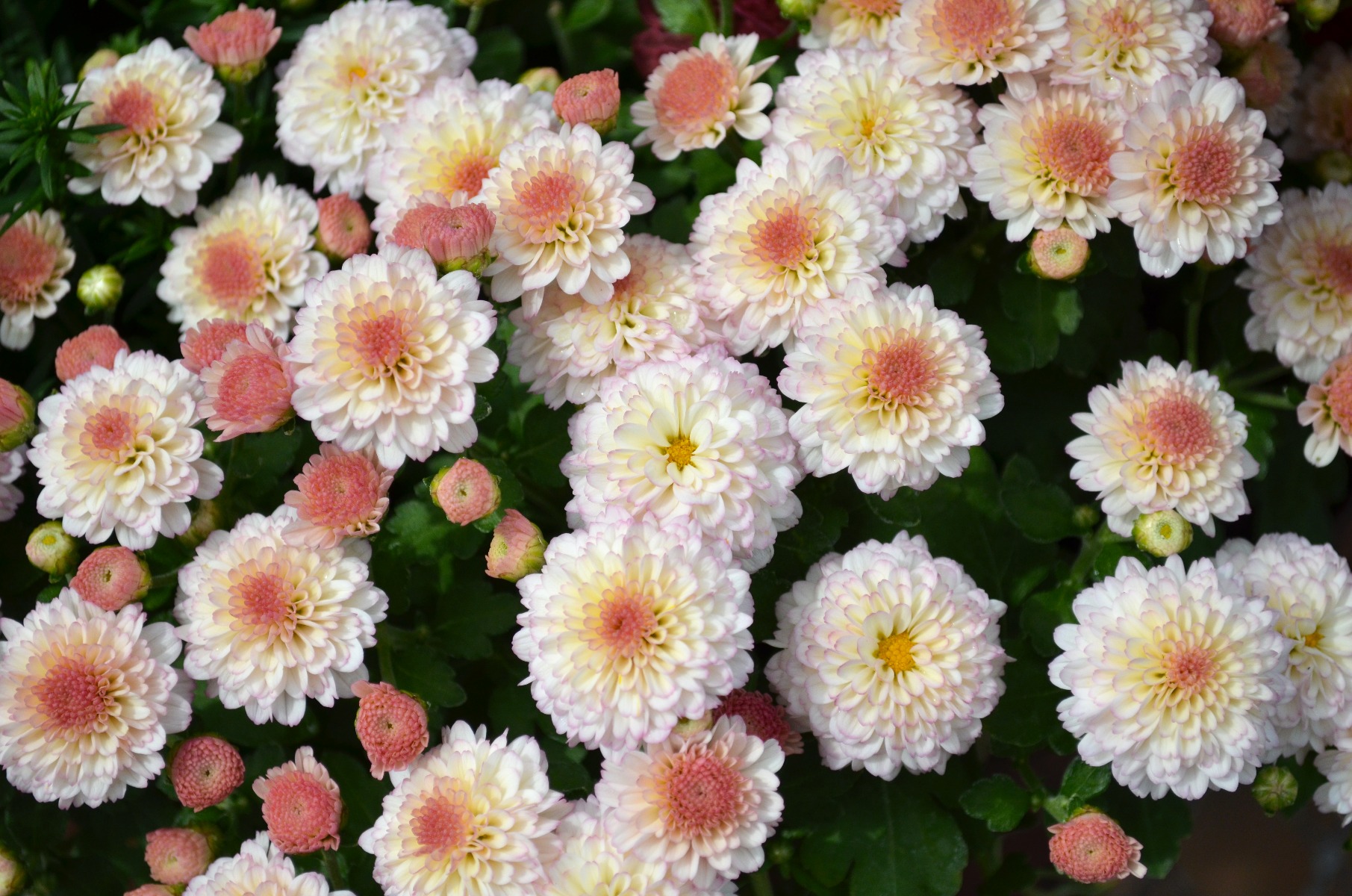
Pompom Mums
The Old Purple chrysanthemum was introduced to the Americas in 1798 by John Stevens, a Hoboken, New Jersey, nursery man. The Chusan daisy was well established by 1850 and the Chrysanthemum Society of America was founded and held its first exhibit in 1902.
And soon hybridizers were creating an amazing array of mums! Some hardy varieties include:
- Anemone: One or more rows of petals with a cushion-like center
- Pompom: Familiar globular shape
- Regular incurve: Petals curve up and in, forming a sphere
- Single or daisy: Looks like its cousin, the daisy
- Spider: Long, curled petals droop down and give a spider-like look
There are also shorter, mounding varieties of mums generally grouped as "cushion" mums.
Today, mums are a great way to add color to any garden and are one of the most popular flowers in the world, next to the rose. Head into Gertens and pick up your mums today! There are a number of colors and varieties to complement your fall landscape.
The Gerten Experts are always available to answer your questions!

